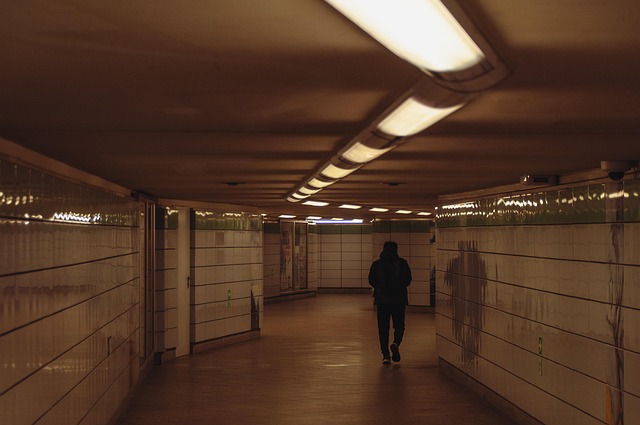As cities continue to grow, the urgent need to create a pedestrian-friendly city has taken center stage in urban development discussions. The shift towards sustainable development is not just a trend; it’s a crucial strategy for ensuring the livability of our cities. By prioritizing pedestrians over vehicles, we can significantly reduce our ecological footprint while enhancing the quality of life for residents.
One of the most effective ways to transform urban spaces into pedestrian paradises is by investing in green technologies. These innovations can range from improved public transport systems that connect seamlessly with pedestrian walkways and bike lanes, to smart traffic management systems that prioritize walkers and cyclists. Imagine a city where clean, electric buses make quick stops at designated pedestrian hubs, allowing people to navigate effortlessly without the need for cars. This integration of green tech not only minimizes emissions but also fosters a sense of community as people engage more with their surroundings.
Creating a pedestrian-friendly city also involves designing spaces that inspire walking. Streets lined with trees, vibrant public art, and ample seating areas encourage people to stroll, linger, and enjoy their environment. Urban parks and green corridors can serve as essential links between neighborhoods, making them more accessible and inviting. By incorporating nature into the urban fabric, we enhance biodiversity and promote a carbon-neutral lifestyle, allowing residents to breathe cleaner air and experience the joy of nature right at their doorstep.
Moreover, cities can adopt policies that support walking and cycling, such as car-free zones or reduced-speed limits in residential areas. These measures not only protect pedestrians but also help in reducing traffic congestion and lowering carbon emissions. Simple initiatives like walkable neighborhoods and safe crosswalks can promote a culture of walking, making it a default choice for commuting.
Education is another vital component of moving towards a pedestrian-friendly city. By raising awareness about the benefits of walking and sustainable transport options, residents can be encouraged to shift their mindset. Campaigns can highlight how walking enhances physical health, reduces stress, and fosters community connections. When citizens feel empowered to embrace these practices, they contribute significantly to the overall effort of achieving carbon neutrality in urban environments.
Incorporating these eco-friendly strategies is not just about urban beautification; it’s about creating a more sustainable and harmonious way of living. By facilitating a lifestyle that prioritizes pedestrians, we can ensure our cities thrive both now and in the future, making them attractive not just for locals but for visitors as well. The vision of a pedestrian-friendly city is within reach, and it starts with our collective commitment on both individual and systemic levels.




